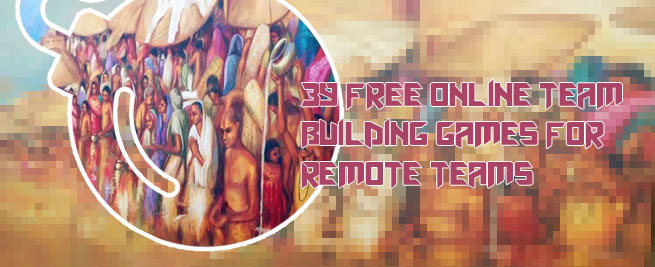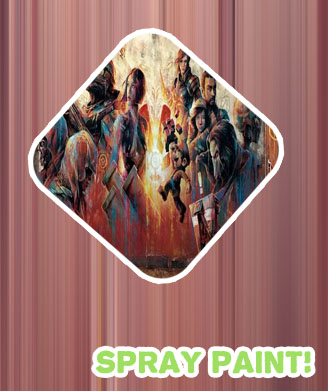


When it comes to painting games in Indian Rupees, there are various factors to consider such as the current exchange rate, popular gaming platforms, and pricing strategies. To help navigate this topic, here are 3 articles that provide valuable insights and tips on how to effectively price and sell painting games in Indian Rupees.

Pricing is a crucial aspect of any business, and the gaming industry is no exception. For game developers in India, setting the right price for their products can be a challenging task. With the market constantly evolving and competition growing fiercer by the day, mastering the art of pricing is essential for success.
One of the key factors to consider when pricing painting games in Indian Rupees is understanding the target audience. Different demographics have varying levels of disposable income and willingness to spend on games. By conducting market research and analyzing player behavior, developers can determine the optimal price point that will attract customers while maximizing revenue.
Another important consideration is the value proposition of the game. What sets it apart from other offerings in the market? Does it offer unique features or a compelling storyline? By highlighting these aspects, developers can justify a higher price point for their games.
Furthermore, pricing strategies such as discounts, bundles, and in-game purchases can also impact sales. By experimenting with different pricing models and monitoring the results, developers can fine-tune their strategies to maximize profitability.
In conclusion, mastering the art of pricing painting games in Indian Rupees is essential for game developers looking to succeed in a competitive market. By understanding their target audience, highlighting the value proposition of their games, and implementing effective pricing strategies
When it comes to selling painting games in India, there are several top gaming platforms that artists and developers can utilize to reach a wider audience and generate revenue. These platforms not only provide a marketplace for selling games but also offer valuable resources and support to help creators succeed in the competitive gaming industry.
Steam: Steam is one of the most popular gaming platforms globally, known for its vast library of games and active user base. Artists can sell their painting games on Steam through the Steam Direct program, which allows developers to publish their games directly to the platform. With features like Steam Workshop, creators can also engage with the community and receive feedback on their games.
Google Play Store: For mobile painting games, the Google Play Store is an excellent platform for reaching Android users in India. Developers can easily publish their games on the Play Store and take advantage of Google's marketing tools to promote their creations. With millions of users downloading games from the Play Store daily, artists have the potential to reach a large audience and generate significant revenue.
Itch.io: Itch.io is a popular platform among indie game developers, offering a diverse marketplace for selling painting games. Artists can set their prices, create game pages, and engage with players directly through the platform. Itch.io also
The gaming industry in India has witnessed a significant boom in recent years, with a growing number of consumers showing interest in painting games. These games, which allow players to express their creativity through virtual art, have become increasingly popular among both children and adults.
One effective strategy for marketing and promoting painting games in the Indian market is to collaborate with popular Indian artists and influencers. By partnering with well-known painters and social media personalities, game developers can leverage their existing fan base to reach a wider audience. These collaborations can help generate buzz around the game and increase its visibility among potential players.
Another key strategy is to organize live painting events and workshops in major cities across India. By hosting interactive sessions where participants can try out the game and learn new painting techniques, developers can create a more immersive experience for players. These events can also serve as a platform for showcasing the game's features and attracting media coverage.
Furthermore, leveraging social media platforms such as Instagram and Facebook can help reach a younger demographic of gamers who are active on these channels. By creating engaging content, running targeted ads, and collaborating with popular influencers, developers can effectively promote their painting games to a wider audience.